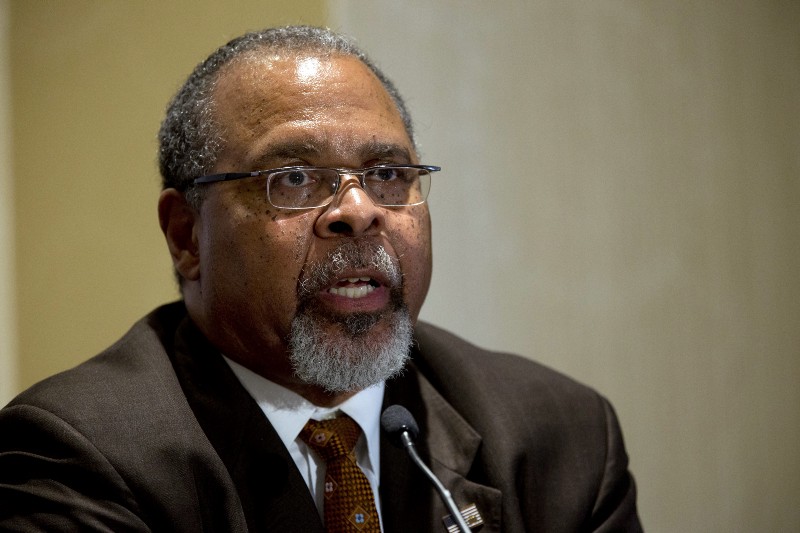 Like most people, I’ve been having a bit of fun with Trump’s stupidity over Pence’s appearance at Hamilton, but it’s important to not get overwhelmed with this little distraction. It’s becoming increasingly clear that Trump does not plan to work as a president, or to treat the presidency as an actual political office. It would be more to point to change the name of this country to The Corporate Interests of the White One Percent, because that’s what is happening right under our collective nose. He plans to install his relatives into his “team” in spite of nepotism laws; he refuses to deal with his personal assets in the permitted ways; he’s more focused on the shoring up of his failing enterprises than anything else. Trump keeps handing key positions to very frightening people, who are more than willing to commit evil acts. So, sorry for the downer, but it’s important to keep up with what’s happening, rather than allow ourselves to be deluded by the idea that this presidency will just be a silly circus for the next four years. It may well be a silly circus, but it’s going to be a damn dangerous one, too.
Like most people, I’ve been having a bit of fun with Trump’s stupidity over Pence’s appearance at Hamilton, but it’s important to not get overwhelmed with this little distraction. It’s becoming increasingly clear that Trump does not plan to work as a president, or to treat the presidency as an actual political office. It would be more to point to change the name of this country to The Corporate Interests of the White One Percent, because that’s what is happening right under our collective nose. He plans to install his relatives into his “team” in spite of nepotism laws; he refuses to deal with his personal assets in the permitted ways; he’s more focused on the shoring up of his failing enterprises than anything else. Trump keeps handing key positions to very frightening people, who are more than willing to commit evil acts. So, sorry for the downer, but it’s important to keep up with what’s happening, rather than allow ourselves to be deluded by the idea that this presidency will just be a silly circus for the next four years. It may well be a silly circus, but it’s going to be a damn dangerous one, too.
Trump has decided on Sessions for Attorney General. Might as well change that to Inquisitor General, it’s much more suitable to Sessions’ inclinations and beliefs, which are frightening as all hells. Back when there was still some sanity in the republican party, they turned Sessions down for a federal judgeship as being too racist and extreme. That happened during the Reagan years. Yep. Starting to get an idea of what life might be like for everyone who is not pasty white? Combine Sessions being AG with Trump’s vow to reinstate stop and frisk. Do your homework on Sessions, because this news is every bit as bad as Bannon being appointed, perhaps worse. Sessions One. Sessions Two. Sessions Three. Sessions thinks anyone who smokes weed should not only be in prison, he thinks they shouldn’t get out. He’s also dead against the commutations of drug sentences President Obama recently signed.
Getting back to the President-elect for a bit, the kissing up is right on schedule, because you just don’t want to offend someone with all that money, right? We’re also marching straight into Kleptocracy, barely got to see Democracy leaving the building.















